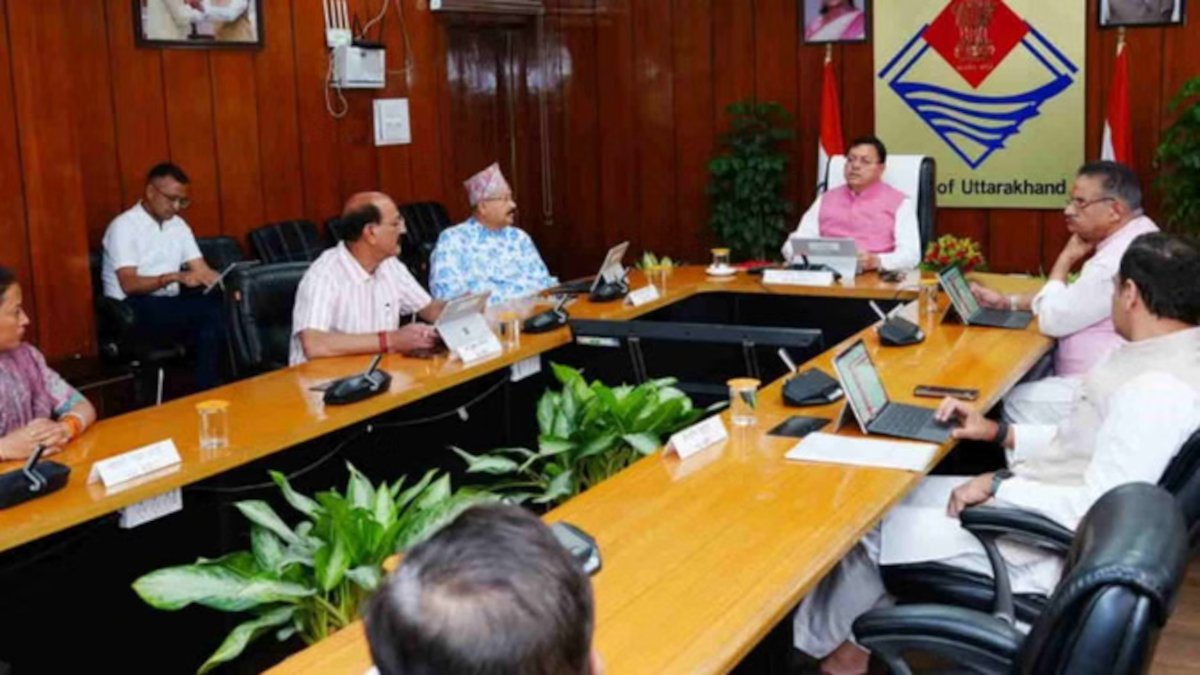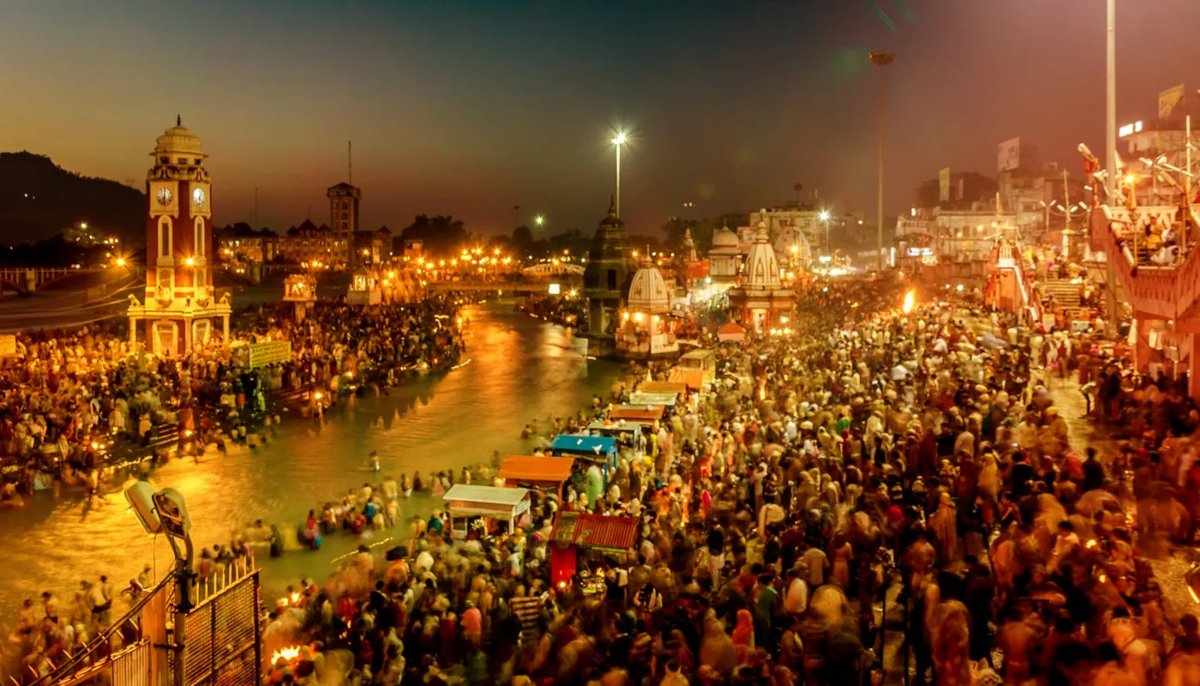In a decisive step towards safeguarding lives and preserving the fragile Himalayan ecology, Chief Minister Pushkar Singh Dhami has ordered an immediate halt on all construction activities — both government and private — in disaster-prone zones of Uttarakhand. The directive, issued on Wednesday, applies to areas identified as high-risk due to frequent landslides, flash floods, soil erosion, and riverbank instability.
The Chief Minister made it clear that responsibility will rest squarely on the shoulders of government officers and employees to ensure that this ban is implemented in letter and spirit. Any failure to enforce these restrictions will invite strict administrative action.
Mapping Vulnerable Zones
Under the guidelines, disaster-prone zones include:
-
Riverbanks and flood plains susceptible to seasonal overflow
-
Hill slopes with a history of landslides or rockfalls
-
Areas near glacial meltwater channels in higher altitudes
-
Settlements situated below unstable cliff faces
The State Disaster Management Authority (USDMA), in coordination with district administrations, has been tasked with updating vulnerability maps using drone surveys, GIS mapping, and satellite imagery to ensure that enforcement teams have real-time data.
Balancing Development and Safety
CM Dhami acknowledged the importance of infrastructure growth but stressed that it cannot come at the cost of human lives.
“Our first responsibility is to protect people and the environment. Development will continue, but only in places where it is safe and sustainable,” he said in his statement.
Officials indicated that essential infrastructure, such as roads, bridges, and disaster shelters, will be prioritised in safe zones while risk-prone areas will focus on ecological restoration and slope stabilization projects.
Accountability and Monitoring
The ban will be enforced through a three-tier monitoring system:
-
Local-level inspections by municipal and panchayat officials.
-
District surveillance teams using drone footage to track unauthorised works.
-
State-level review meetings chaired by the CM to assess compliance.
The Urban Development Department will maintain a digital register of permits issued, ensuring that any illegal construction flagged by monitoring teams can be swiftly acted upon.
Part of a Wider Disaster Preparedness Drive
This order aligns with the government’s broader Disaster Preparedness 2.0 strategy, which combines early warning systems, high-tech control rooms, SDRF training, and community awareness programmes. Officials say the construction freeze in high-risk areas is a preventive step that could save hundreds of lives during future monsoons.





















